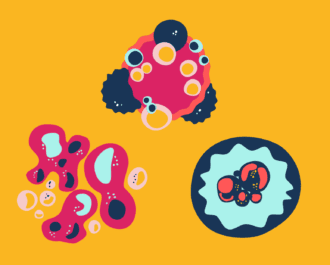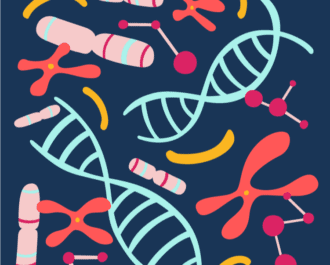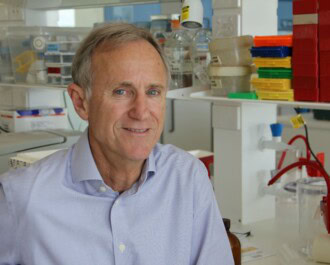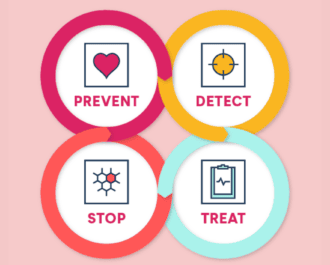
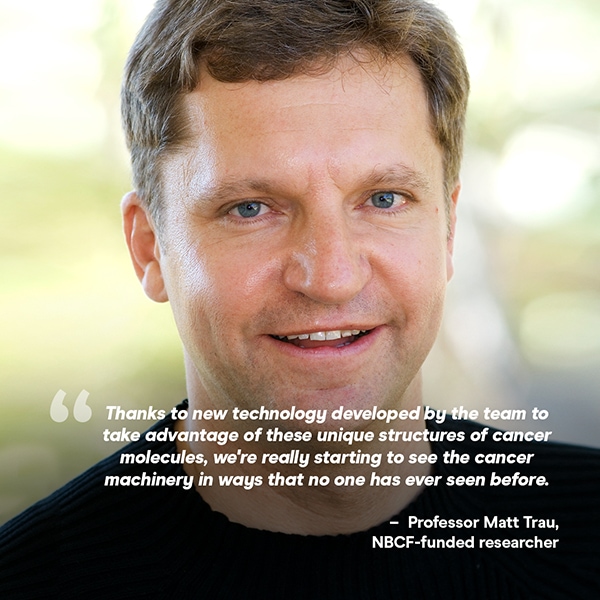 Gold may soon become even more valuable, thanks to the invention of a new blood test that uses the precious element to detect cancer. The exciting development has come from the team of NBCF-funded researcher Professor Matt Trau, at the University of Queensland. Results of the research will be published in the prestigious journal Nature Communications this week.
Gold may soon become even more valuable, thanks to the invention of a new blood test that uses the precious element to detect cancer. The exciting development has come from the team of NBCF-funded researcher Professor Matt Trau, at the University of Queensland. Results of the research will be published in the prestigious journal Nature Communications this week.
Prof. Trau’s team works on cancer epigenetics, investigating external influences that affect how a gene is expressed in the body. One way that the process is controlled is through tiny chemical compounds, called methyl groups, which are located on DNA strands in the cell. Prof. Trau describes these groups as “yellow sticky tabs that tell the cell which genes should be turned on and off at any given time.” Normally, the methyl groups are spread across the entire DNA genome, but in cancer they clump in specific locations. This unique pattern causes cancerous DNA molecules to form distinct nano-structures that are entirely different to those of DNA molecules from healthy cells.
While the team first discovered the unique pattern in breast cancer samples, they have now seen it in all other forms of cancer tested so far, including prostate cancer, colorectal cancer and lymphoma. “From all of our testing so far, it seems to be a general feature for all cancers,” explained Prof. Trau.
This unique “epigenetic signature” causes the DNA from cancerous cells to have an extraordinary attraction to gold nanoparticles, which can be used to detect cancer from a small blood or tissue sample. The sample is added to the gold solution, giving an instant, visible result; the solution will change colour immediately based on the presence of trace cancer DNA in the blood. The speed and simplicity of the test make it a promising clinical technology, which may even be able to be performed on a mobile phone in the future.
The test has now been validated with over 200 samples and is able to predict the presence of cancer with accuracies as high as 90%. Prof. Trau and his team will now continue to validate the test in a larger group of patients and continue to refine this exciting technology.
“Thanks to new technology developed by the team to take advantage of these unique structures of cancer molecules, we’re really starting to see the cancer machinery in ways that no one has ever seen before” said Prof. Trau. “We are grateful to the NBCF and their donors for supporting this ground-breaking work, which could be significant in the field of rapid point of care cancer diagnostics.”
The full scientific paper can be accessed here: http://dx.doi.org/10.1038/s41467-018-07214-w
More News Articles
View all News
